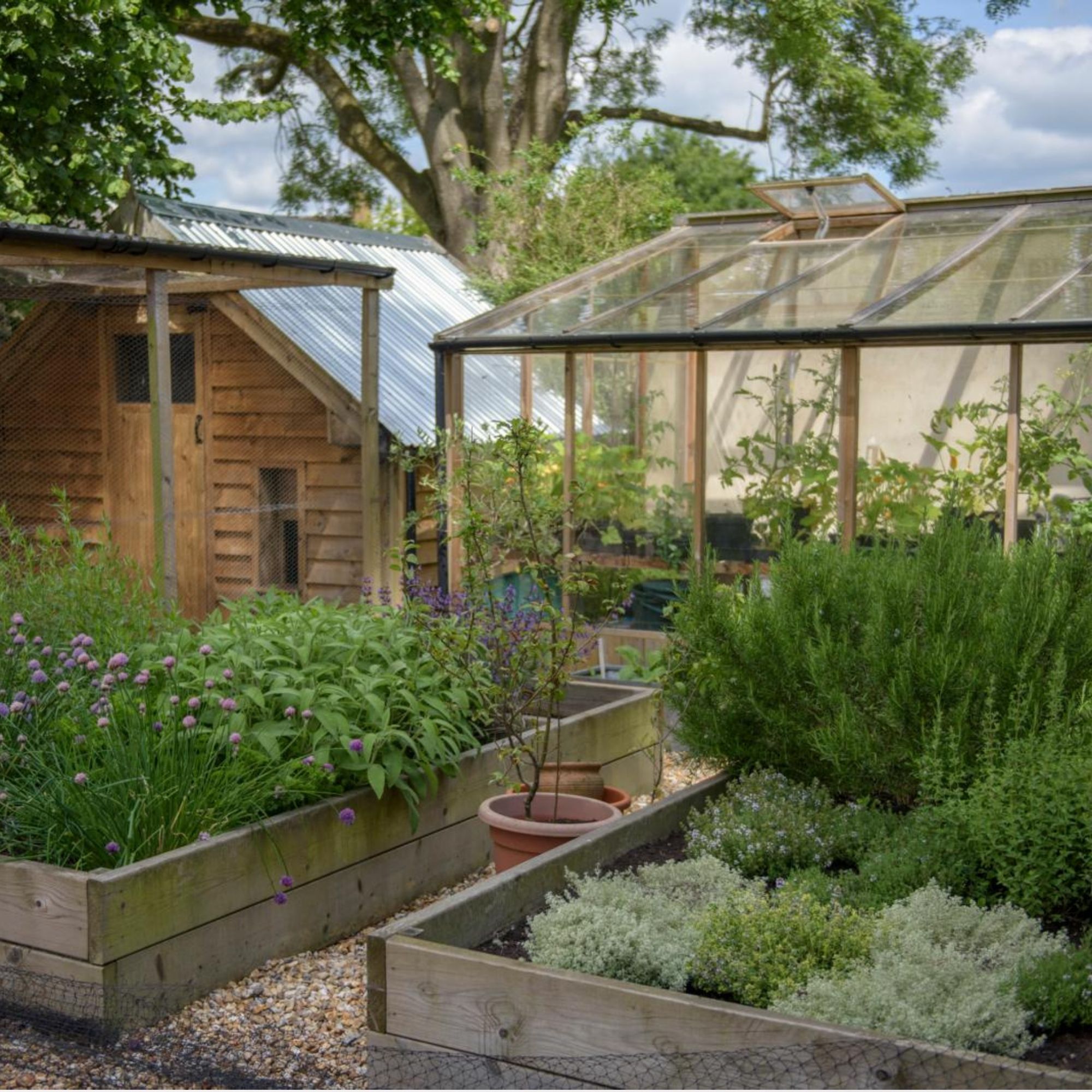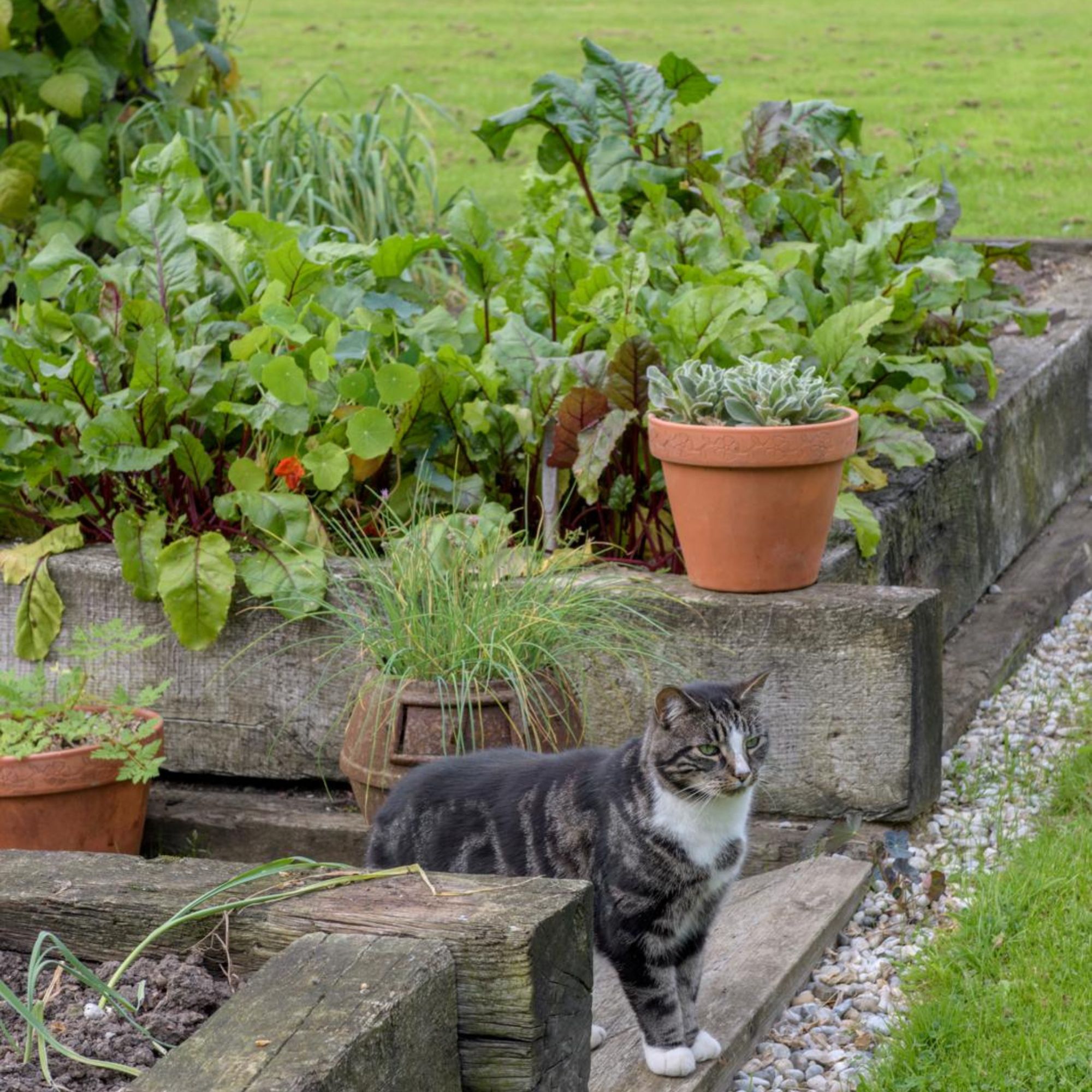
Whether you serve yours stuffed, roasted, curried, or blended into a warming soup, butternut squash makes for some seriously tasty autumnal dishes. And, as ever, homegrown tastes better than shop-bought – but only if you spend some time researching when to harvest butternut squash for the best possible results.
If you grow your own vegetables, you'll likely already know that butternut squash is easy to grow – especially as you can even plant it directly on the compost heap if you're working with a small vegetable garden! That being said, you'll need to be patient if you're sowing seeds rather than plug plants.
'After sowing butternut squash in springtime and planting out soon after, it can seem a really long time before harvesting, but it’s definitely worth the wait!' promises Morris Hankinson, director of Hopes Grove Nurseries.
He adds that you're sure to get a good harvest so long as you do the following things:
- Keep the area free of weeds (we recommend the Niwaki weeding hoe from Crocus for the job, particularly if it's a small space)
- Feed them regularly (you could also try adding incredicrop® from Thompson & Morgan to your compost at planting time)
- Research how to get rid of slugs before they feast on your crops
- Wait for the prime moment to harvest them
So, when might that prime moment be? Let's dive on in...
When to harvest butternut squash
If you're keen to know when to harvest butternut squash, the simplest answer is to consider when you planted yours out.
'When cared for well and with patience, most butternut squash will be ready to harvest about 15 or so weeks after sowing and anywhere from August to October, depending on when seeds were sown,' says Morris.
Essentially, then, the easiest way to suss out when to harvest butternut squash is to buy a calendar and mark off when you first sowed those precious seeds (which, incidentally, can be sown in and around your homegrown sweetcorn plants).
That being said, while 15 weeks is the optimum, there's a lot to be gained from simply... well, from simply leaving your squash on the vine for as long as you possibly can. Or, at the very least, until just before the first frosts: place a handful of straw underneath your plant if you go for this option, to prevent rot.
FAQs
How do you know if butternut squash is ripe?
The trick to knowing if butternut squash is ripe or not? Check their skins!
Make sure you avoid picking any fruits with light to green spots, or very light-coloured skin with a sheen to it. Instead, look for matte fruits in a rich tan or amber colour – and give them a poke, just to be sure (you don't want it to yield under your fingernails; it should be hard).
Once they've reached this point, 'simply snip them off the vine and store in a cool, dark place for up to three months,' says Morris Hankinson of Hopes Grove Nurseries.

Can you leave butternut squash on the vine too long?
While butternut squash 'are much more delicious when left on the vine for as long as possible', it's important to harvest your plants before any cold snaps.
'They need to be harvested before the first frosts, or all your hard work will come to a sudden end,' says Morris Hankinson of Hopes Grove Nurseries .
Now that you know when to harvest butternut squash, all that's left to do is decide which recipes you will be using yours in. Personally, we think we're going to blend ours with onion and garlic for a bowl of autumnal soupy goodness...







